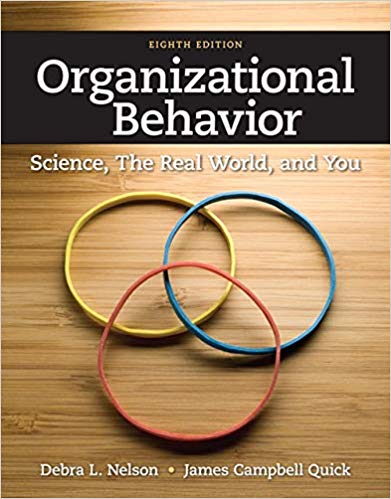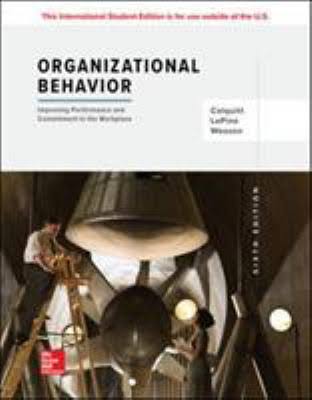Organized Crime 10th Edition by Howard Abadinsky – Test Bank
CHAPTER FOUR
Explaining Organized Crime
Test Bank
MULTIPLE CHOICE
1. Merton conceived of organized crime as:
a. the result of sociopathic opportunism
b. adaptive innovation by educationally and financially disadvantaged elements
c. a normal response to pressures exerted on certain persons by the social structure
d. all of these
ANS: C LO: 1 REF: 80
2. Merton used the term pathological materialism to describe:
a. the human compulsion for financial security
b. organized crime’s singular pursuit of financial goals
c. an American preoccupation with economic success
d. emphasis on goal achievement with little regard for the means of achievement
ANS: C LO: 1 REF: 80
3. The fact that many contemporary American Mafia members’ children have followed them into “the life” tells us that ethnic succession theory is ____________.
a. 100% incorrect
b. limited in its ability to explain organized crime
c.100% correct
d. all of these
ANS: B LO: 2 REF: 89 -91
4.Which of the following results when numbers of people are confronted by the contradiction between goals and means and become estranged from a society that promises them in principle what they are deprived of in reality?
a. rebellion
b. anomie
c. psychological disorders
d. none of these
ANS: B LO: 1 REF: 81
5. Which of the following is not a mode of adaptation?
a. rebellion
b. retreatism
c. conformity
d. ignorance
ANS: D LO: 1 REF: 81
6. Which of the following modes of adaptation includes organized criminal activity for those who would play the game differently?
a. innovation
b. conformity
c. retreatism
d. rebellion
ANS: A LO: 1 REF: 81
7. Who theorized that all behavior—lawful and criminal—is learned?
a. Robert Merton
b. Sigmund Freud
c. Edwin Sutherland
d. Robert Agnew
ANS: C LO: 1 REF: 82
8. ________________ theory argues that criminals organize their behavior according to the norms of a delinquent or criminal group to which they belong or with which they identify.
a. Differential association
b. Strain
c. Social control
d. Conflict
ANS: A LO: 1 REF: 82
9. ___________ refers to a source of patterning in human conduct; it is the sum of patterns of social relationships and shared meanings by which people give order, expression, and value to common experiences.
a. Subculture
b. Culture
c. Norm
d. Social interaction
ANS: B LO: 1 REF: 82
10. _____________ implies that there are value judgments or a social value system which is apart from a larger or central value system.
a. Subculture
b. Culture
c. Norm
d. Social interaction
ANS: A LO: 1 REF: 83












Reviews
There are no reviews yet.